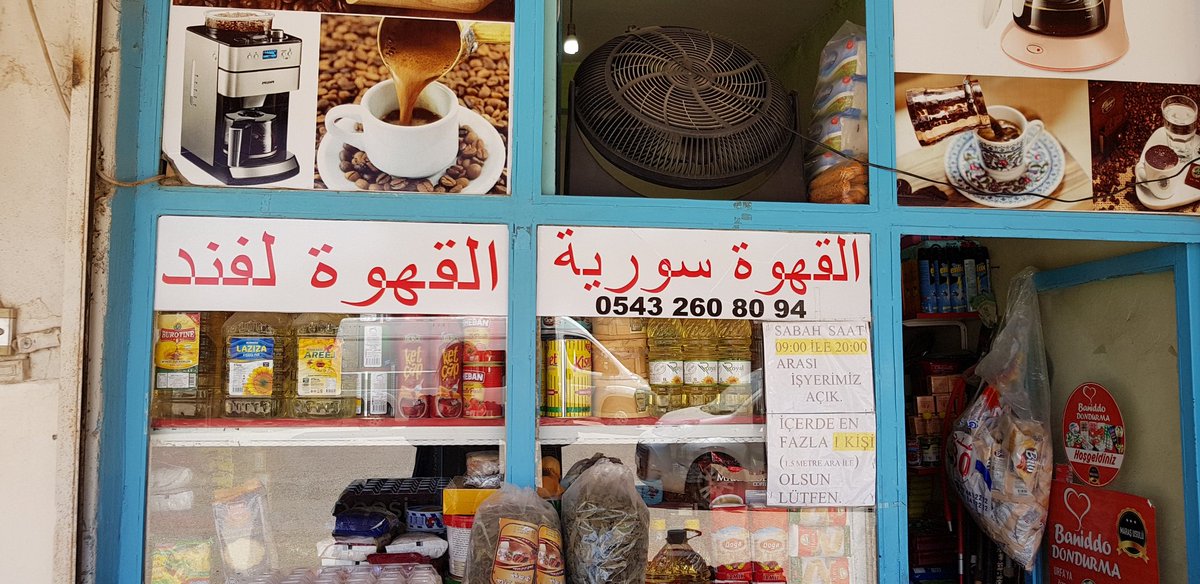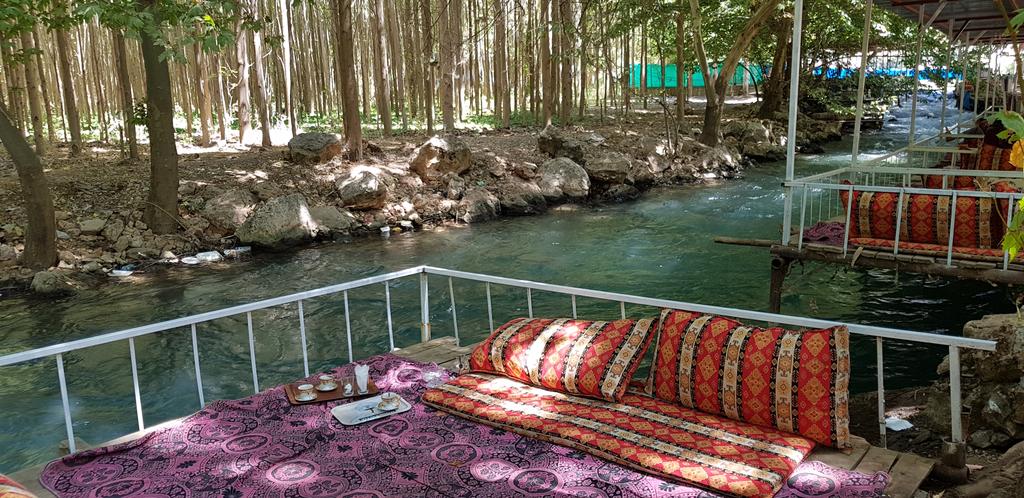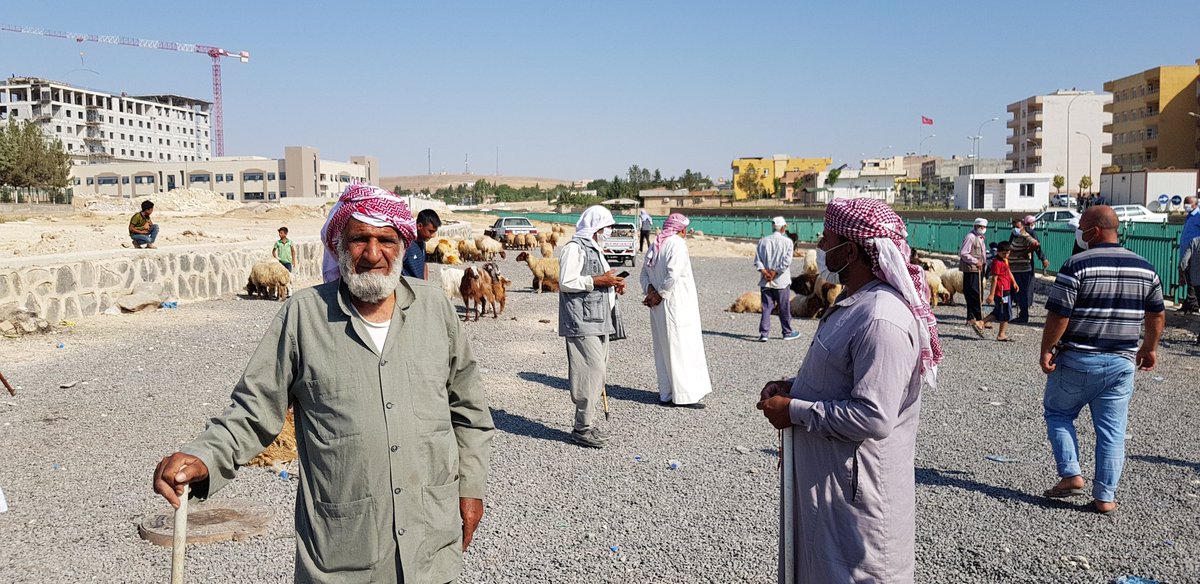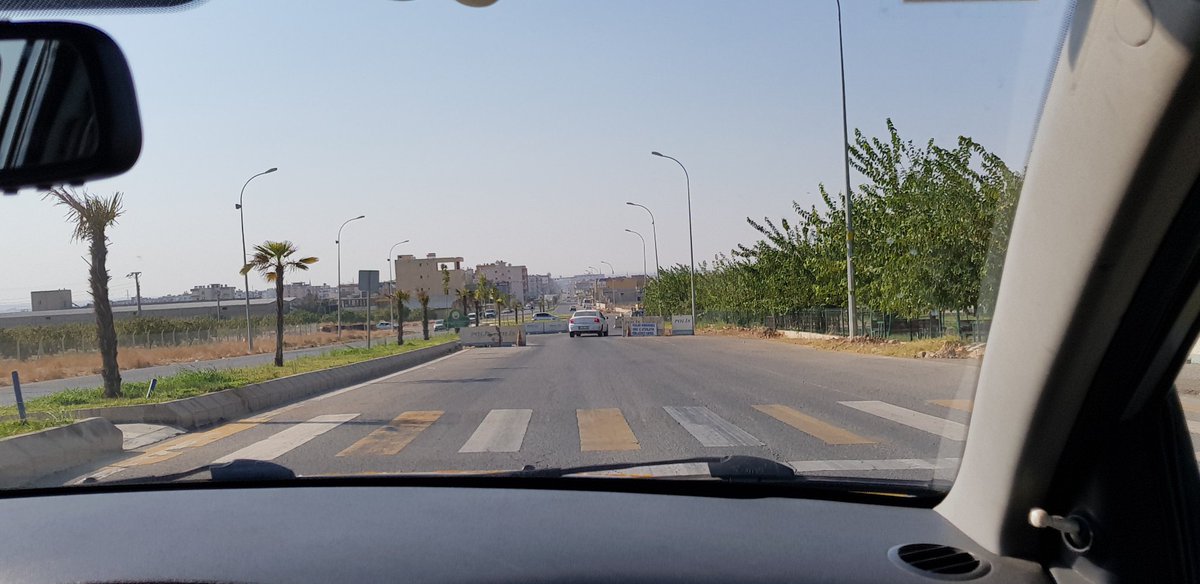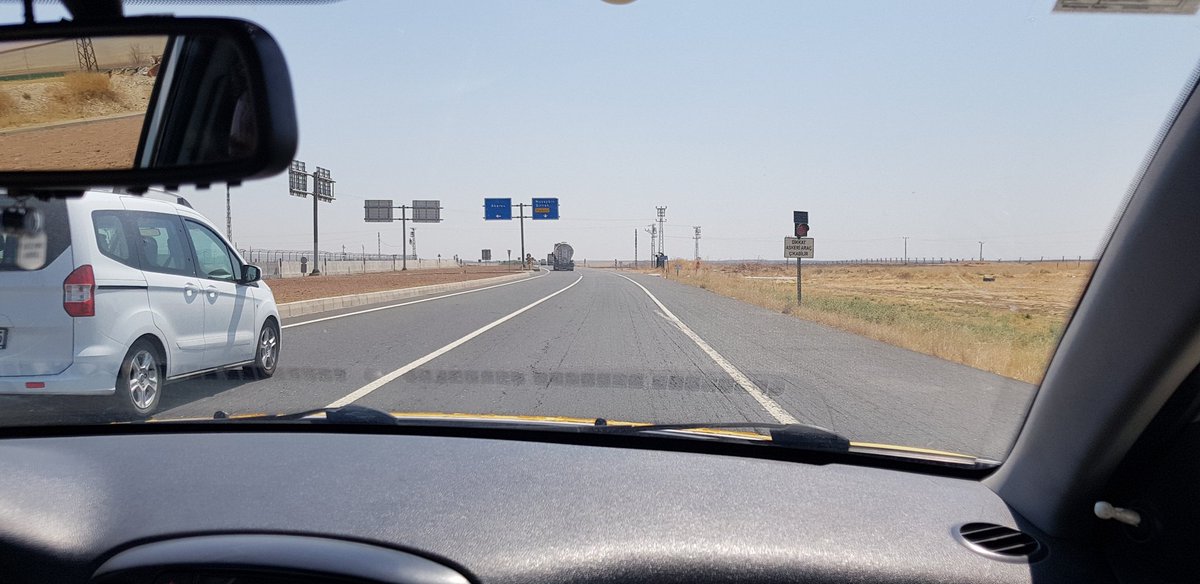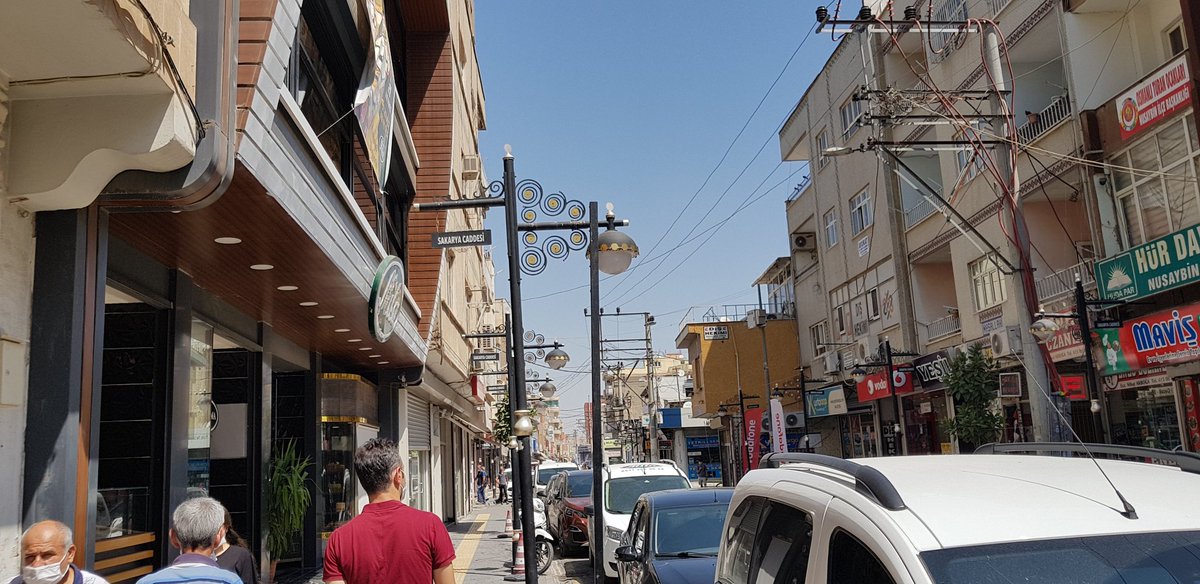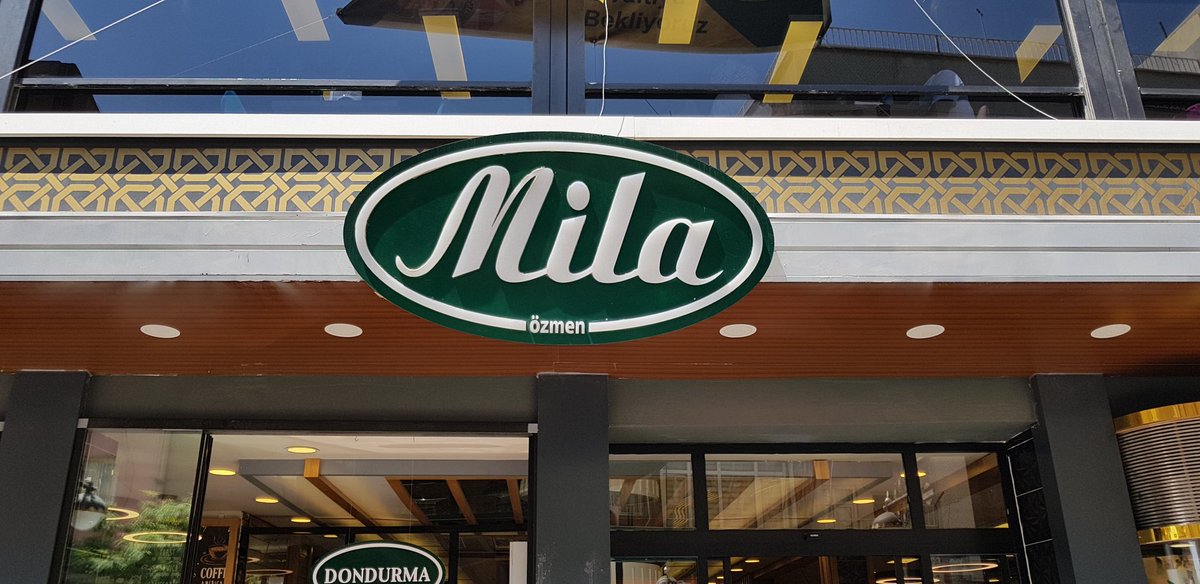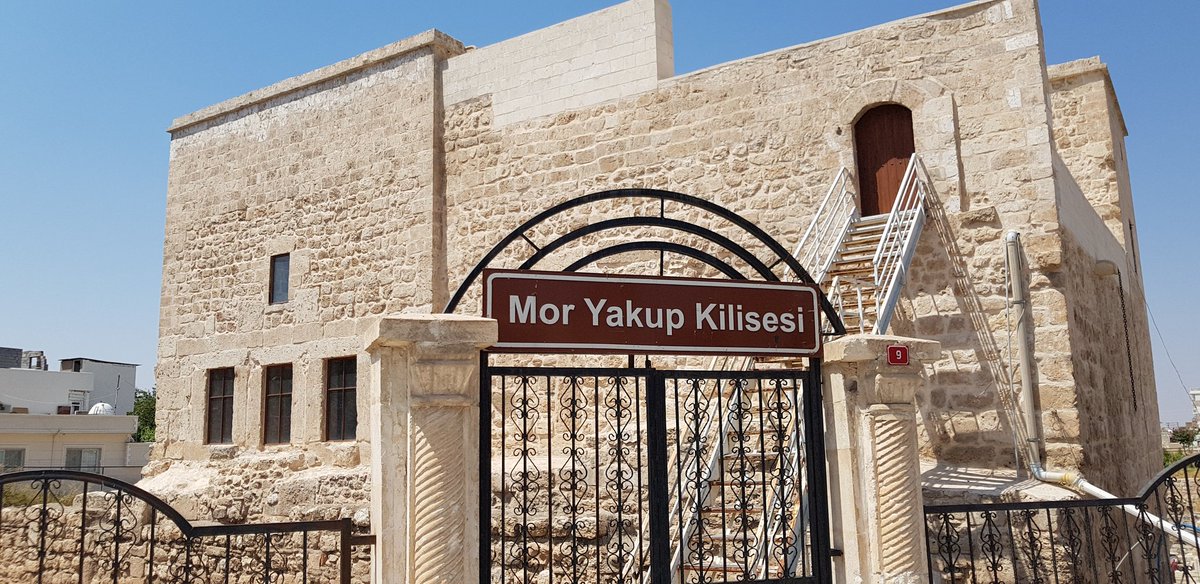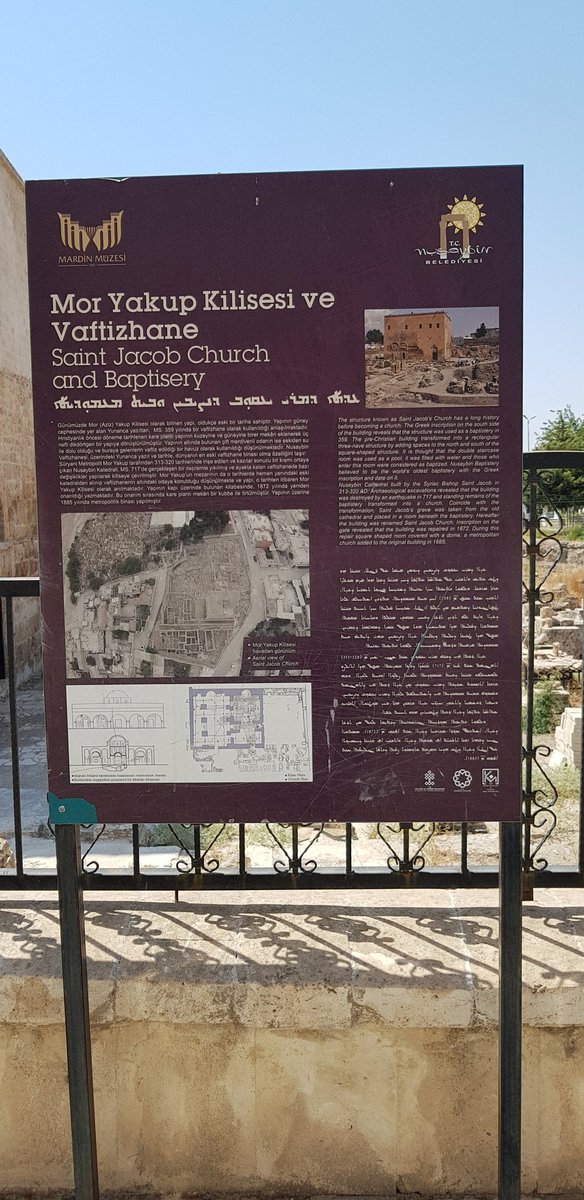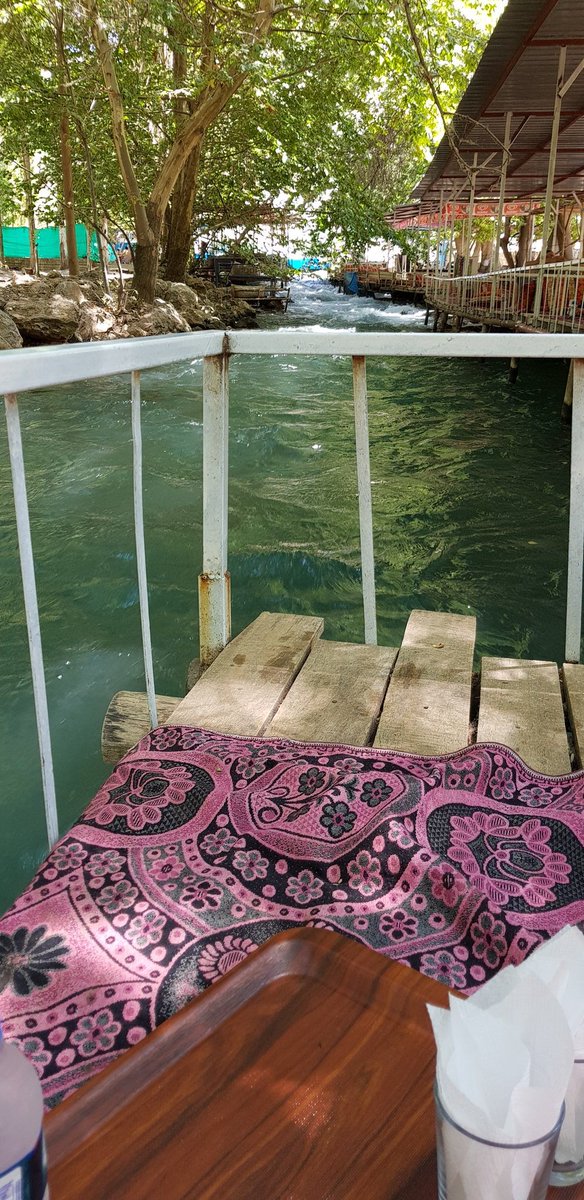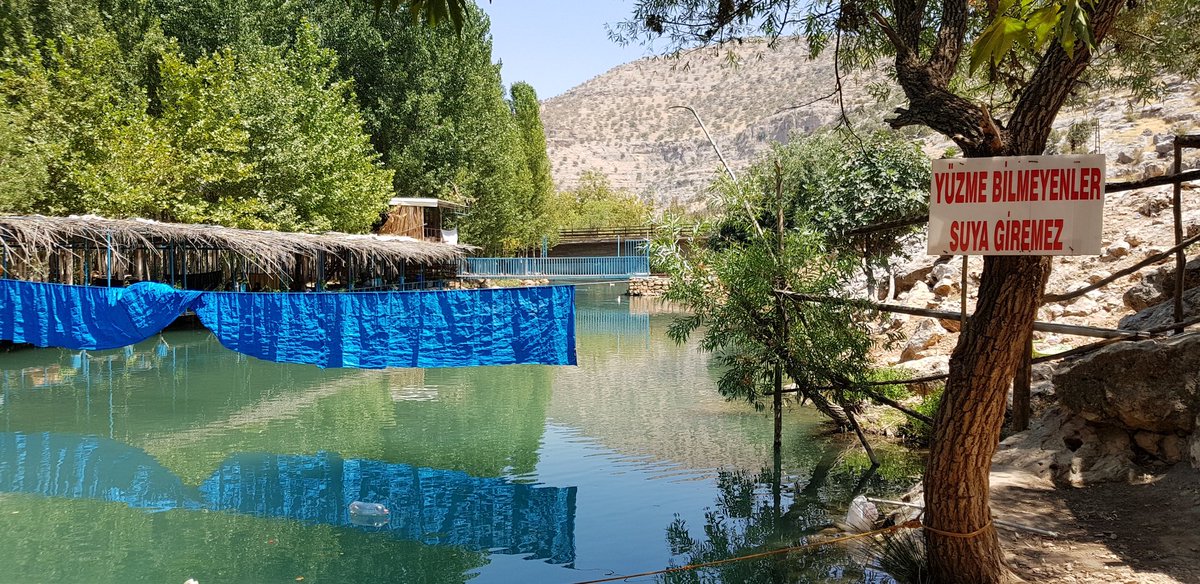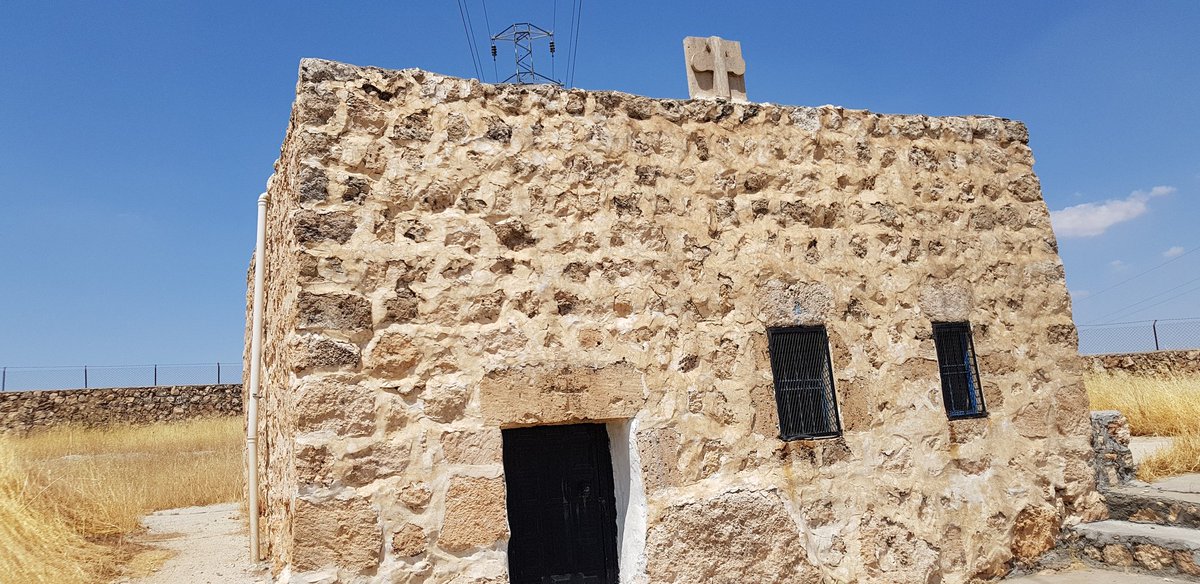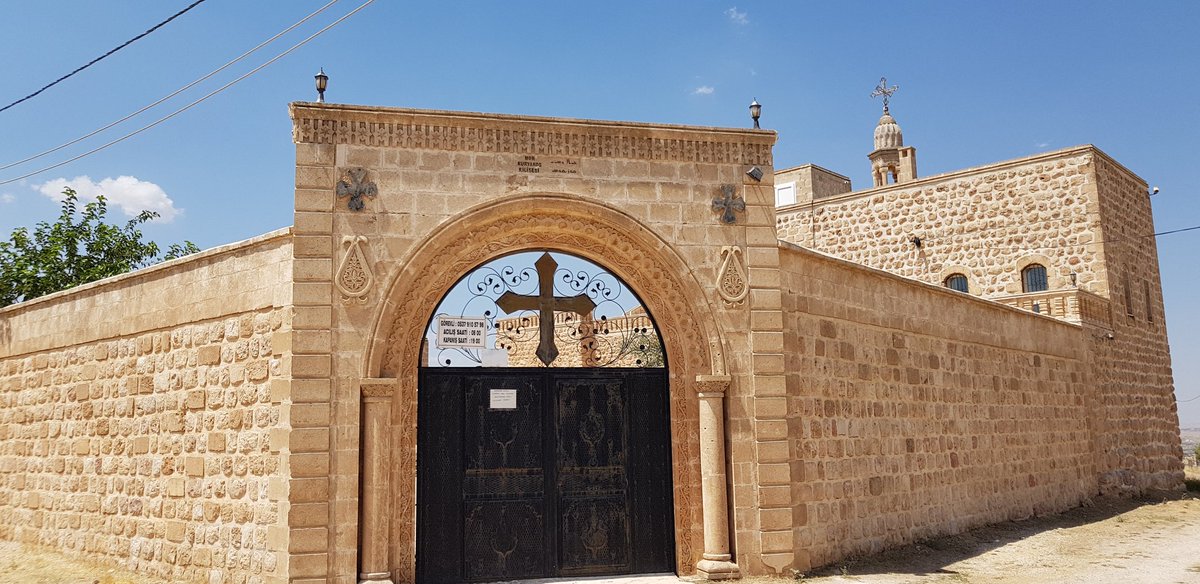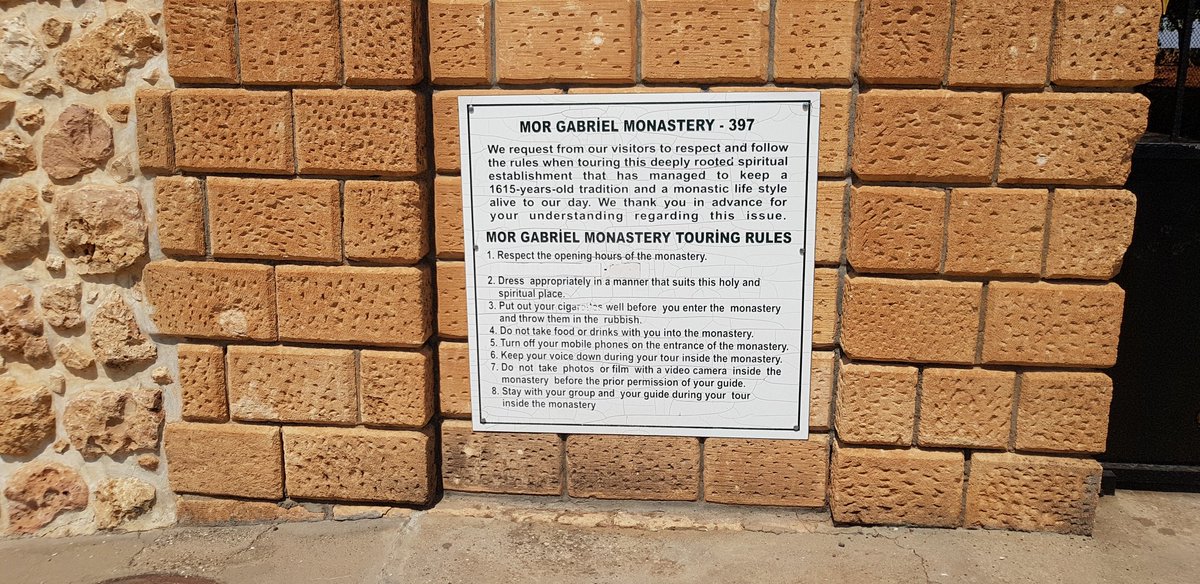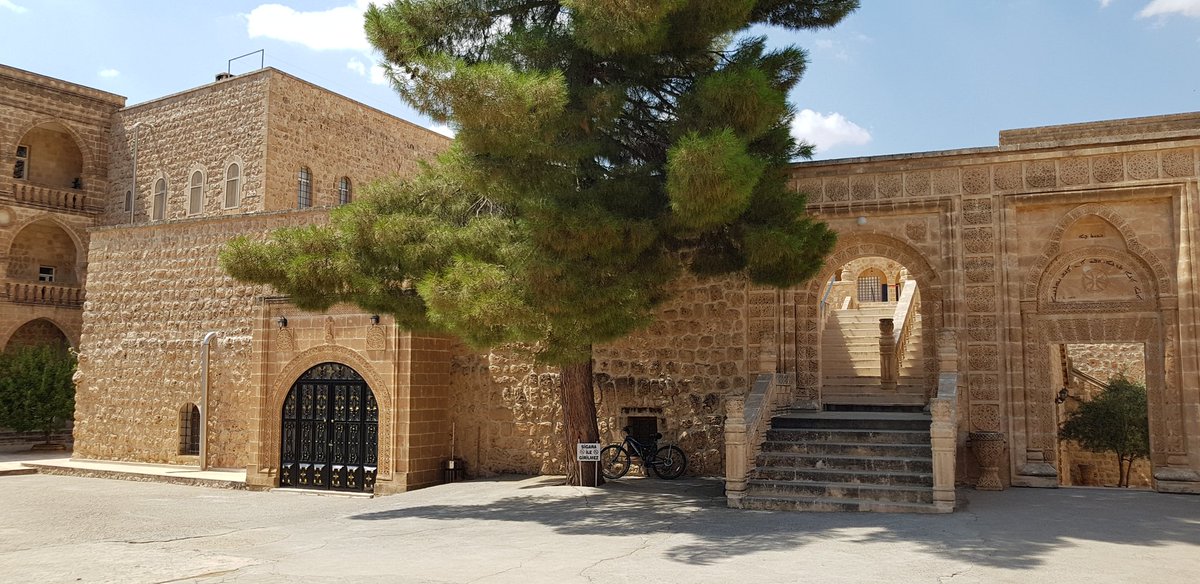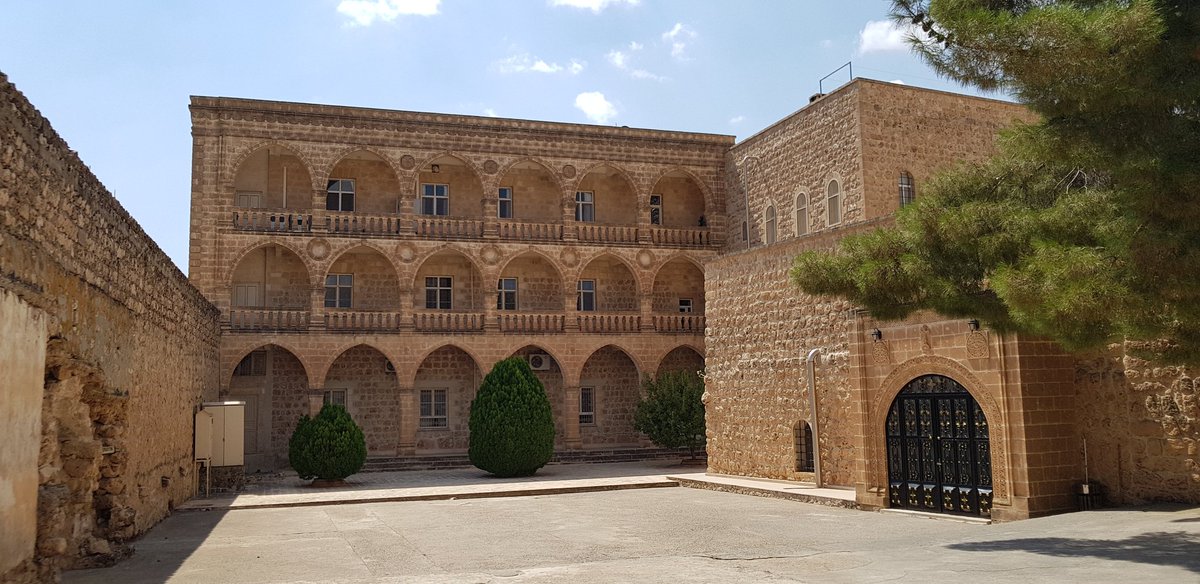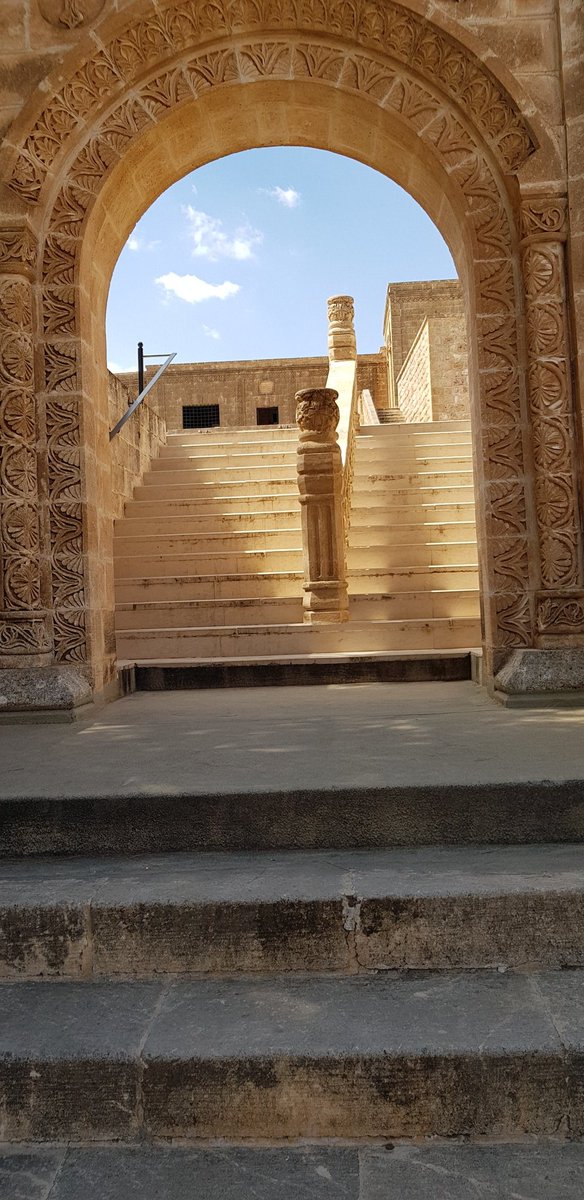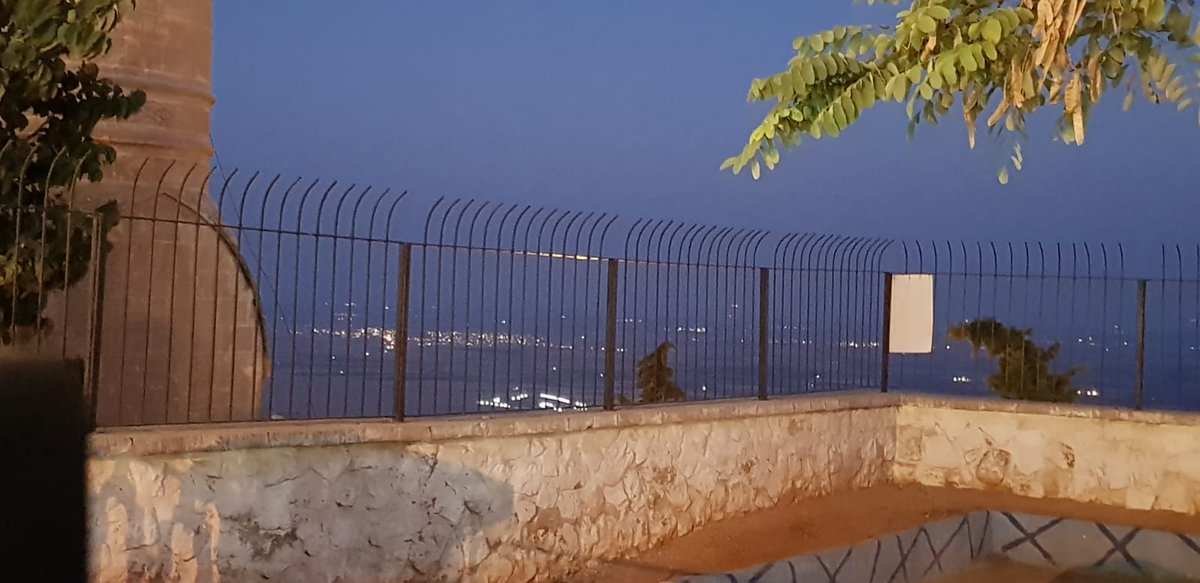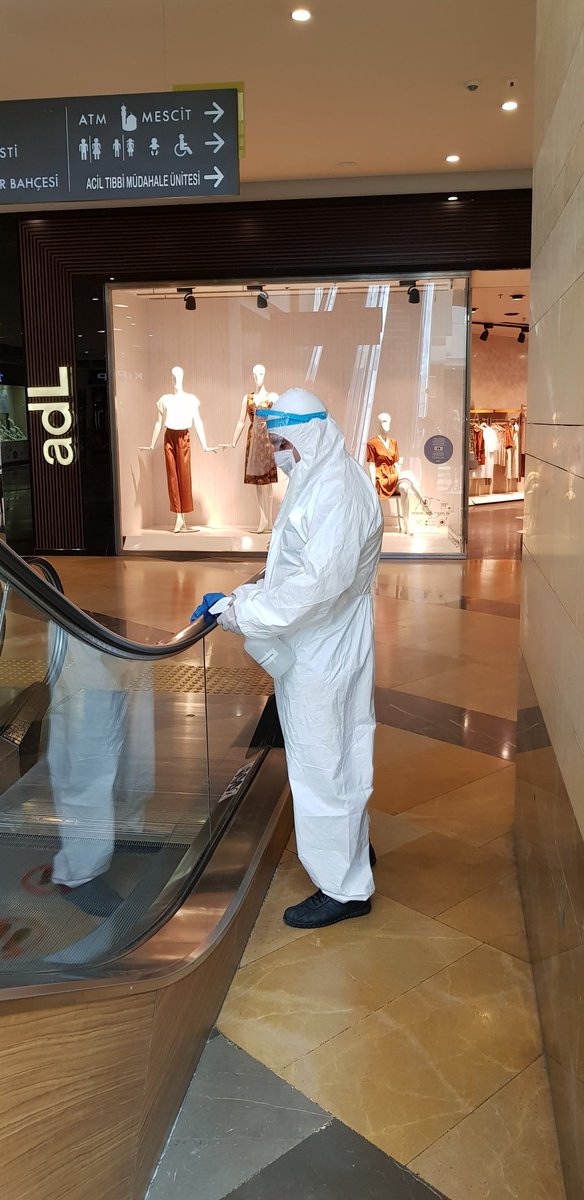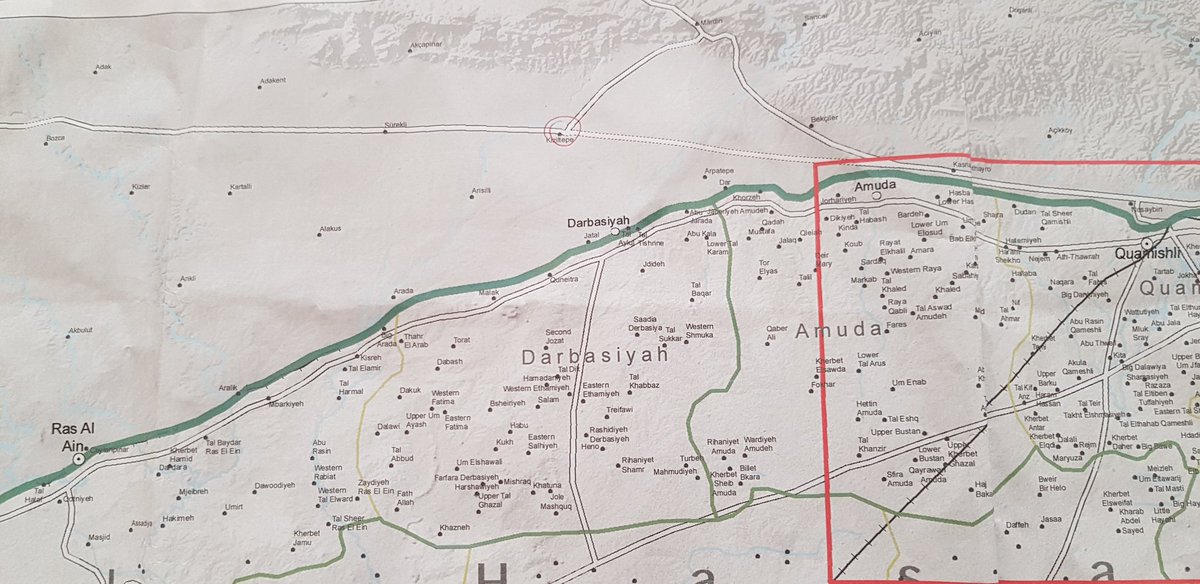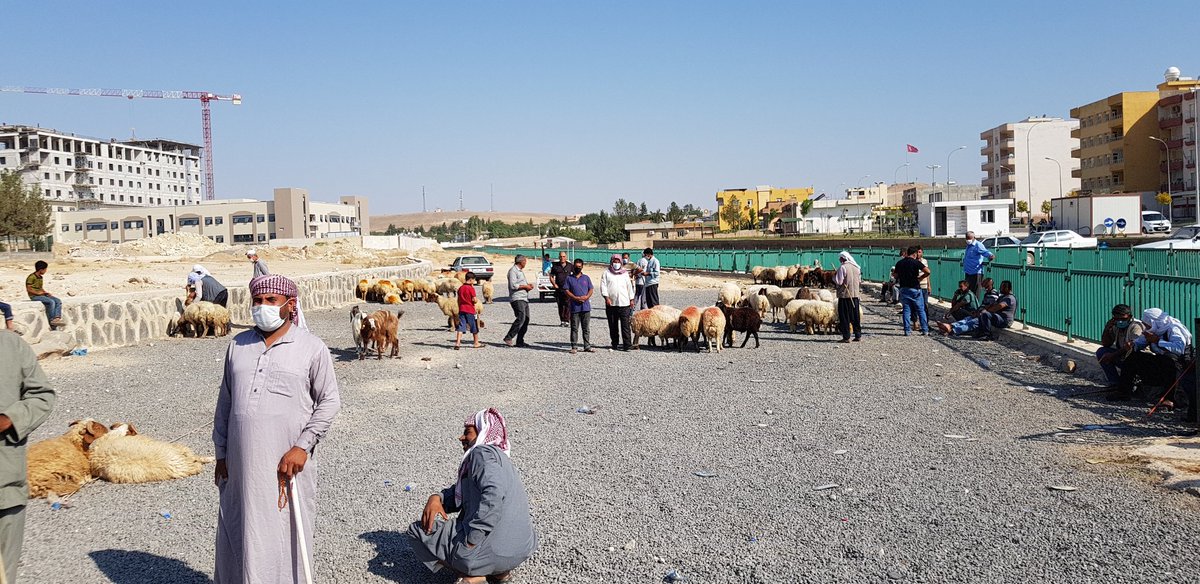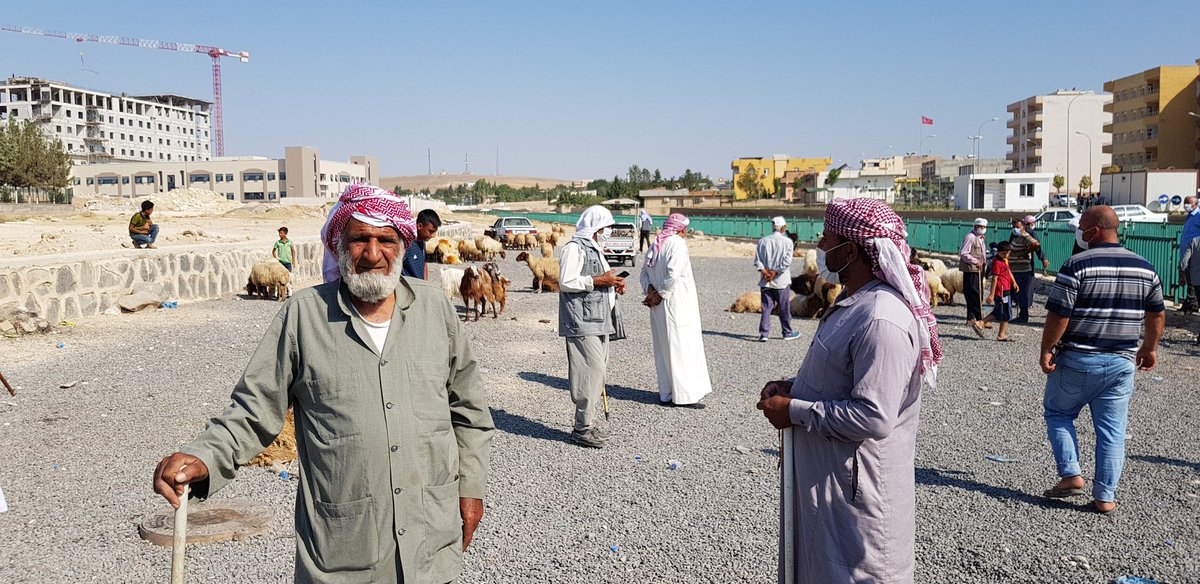& #39;Turkish Tel Abyad& #39;, that is how the vast majority of its inhabitants (Arabs) call the Turkish half of Tel Abyad. I wanted to see it with my own eyes, cuz I wondered if the town was like half Turkish half Arab or majority Arab. It is absolutely the latter. It is an Arab town.
Of course, education, services and so on are Turkish and jn Turkish. But the Arab inhabitants speak Arabic among themselves. They are bilingual. Same goes 4 the town of Harran, roughly between Şanlıurfa and Akçakale. Ak = white, kale = castle/the Turkish translation of Tel Abyad.
What I also learned, the Arabic of Akçakale/Turkish Tel Abyad, Harran and Şanliurfa (mixed population) is like Iraqi Arabic, to my surprise. It started already in the hotel where a waitor said & #39;aani& #39; (ana, Iraqi way). In Akçakale I heard a lot of -ich instead of -ik: beitich.
Shloonich etc.
And also the kaf ك changes & #39;to Egyptian giim ج& #39; as one put it: al-Bakaara البكارة to al-Bagaara (tribe).
Q changes to (Fusha) Jiim ج sometimes: al-Qais to al-Jais and other times to g: yiguuluun, and tilaagiin.
Plus the -n of uun/iin verb endings is preserved
And also the kaf ك changes & #39;to Egyptian giim ج& #39; as one put it: al-Bakaara البكارة to al-Bagaara (tribe).
Q changes to (Fusha) Jiim ج sometimes: al-Qais to al-Jais and other times to g: yiguuluun, and tilaagiin.
Plus the -n of uun/iin verb endings is preserved
Several explained to me that their ancestors came like 300 years ago from Mosul to this area.
It is easy to distinguish between Turkish Arabs and Syrian Arabs (even from the other side of the border) due to some differences in the Arabic.
Deiri however sounds quite alike.
It is easy to distinguish between Turkish Arabs and Syrian Arabs (even from the other side of the border) due to some differences in the Arabic.
Deiri however sounds quite alike.
So today I talked with an intellectual about this language differences between the Arabic from Tel Abyad and the Arabic from Akçakale and Harran:
"The Syrian Arabic developed while the Arabs of Akçakale and esp Harran use it as a speaking language only, their Arabic stood still"
"The Syrian Arabic developed while the Arabs of Akçakale and esp Harran use it as a speaking language only, their Arabic stood still"
On the road in de zinderende hitte.  https://abs.twimg.com/emoji/v2/... draggable="false" alt="💜" title="Violettes Herz" aria-label="Emoji: Violettes Herz">
https://abs.twimg.com/emoji/v2/... draggable="false" alt="💜" title="Violettes Herz" aria-label="Emoji: Violettes Herz">
In Şanlıurfa and Suruç together also 1000s of Syrian Kurdish refugees live, (there are no exact statistics) from Kobani mainly. I entered a few Syrian shops in Turkish (Kurdish) Suruç today and asked people why they did not return to #Kobani and if they have plans to do so.
And I bought Arabic coffee with & #39;heil& #39; and some flavour of which I forgot the name. Plus I bought half of the man& #39;s falafel powder storage... I have never bumped into that in downtown #Istanbul yet.
Yday in Ceylanpınar, on the other side of the Syrian town Ra& #39;s al-Ayn/Sere Kaniye, I bumped into 6 Arab tribal men from Hasaka and Deir al-Zour.
They were all members of the al-Bagaara tribe. I asked them why they fled. "We fled from the Assad regime, from ISIS, from the PKK"
They were all members of the al-Bagaara tribe. I asked them why they fled. "We fled from the Assad regime, from ISIS, from the PKK"
It is by the way nice to experience when people say they are from Deir al-Zour and you try to make some changes to your Arabic to sound more Deiri how they appreciate that and enjoy to have a conversation with you...
This is the start of Ceylanpınar, the border town on the other side of Ra& #39;s al-Ayn/Sere Kaniye.
After Ceylanpınar we went to Nusaybin. I did not realise that when heading to Nusaybin one can clearly see the Syrian town of #Amouda on the other side of the border. And inside Nusaybin one can see a lot of #Qamishli.
Heb ik weer. We reden net een paar minuten #Nusaybin binnen, komen we langs een kerk. Er woont nog een klein aantal Syriacs in #Nusaybin. In de zusterstad in Syrië is & #39;t aantal aanzienlijk groter. Velen daar komen oorspronkelijk uit deze contrijen in Turkije, vertelden ze me daar
Some more info about the Mor Yakup/Saint Jacob Church. My Aramaic is a bit rusty but Mor means Saint apparently. @hlvdberg @MikeWingert
This is Şelale, for Arabic speakers yes it means what you think. It is on the road from #Nusaybin to Midyat.
En sonunda, I made it to the Mor Gabriel Monastery in Tur Abdin/Mount of the Servants. Dayro d-Mor Gabriel
ܕܝܪܐ ܕܡܪ ܓܒܪܐܝܠ
ܕܝܪܐ ܕܡܪ ܓܒܪܐܝܠ
#Linguistictweet I have been wondering, how it came about that Aramaic & #39;de& #39; means the same as French & #39;de& #39;...
@hlvdberg @MikeWingert
@hlvdberg @MikeWingert
I asked the guide how many people are living at the monastry. "In total 60; 1 bishop, 3 monks, 14 nuns and 20 students and some workers"
Last year I could see the Turkish city of Mardin clearly lit on a hill from Syrian Amouda. This week I did the opposite, I saw #Amouda - the lights down there - from #Mardin.
From Mardin (great city by the way) one can have an amazing view over a Northeastern part of Syria.
This video is Mardin - Amouda (far and below) - Debersiya (next one far and below) - Kızıltepe (Turkey again).
This video is Mardin - Amouda (far and below) - Debersiya (next one far and below) - Kızıltepe (Turkey again).
In a shopping mall in Şanlıurfa earlier today.
By the way, the mosques here keep on warning people here for #Corona, urging them to maske takmak & sosyal mesafe.
By the way, the mosques here keep on warning people here for #Corona, urging them to maske takmak & sosyal mesafe.
So from Ceylanpınar, & #39;mirror& #39; town of Ra& #39;s al-Ayn, #NESyria, there is a road along the border to Kızıltepe. From Kızıltepe to Nusaybin the road goes along #Amouda, one can see it clearly. And in Nusaybin one can see the northern parts of #Qamishli very well.
#Turkey #Syria
#Turkey #Syria
The road from Viranşehir to Ceylanpınar, border with Ra& #39;s al-Ayn/Sere Kaniye in Northeast #Syria
In Ceylanpınar I asked these men if they speak Arabic. Not all of them did, but 6 were from Syria, 5 from Deir al-Zour and 1 from Hasaka. Why you are here? "It is war there, we fled from the regime, ISIS and PKK. Here is peace and security." Which tribe? "We are all Bagaara."

 Read on Twitter
Read on Twitter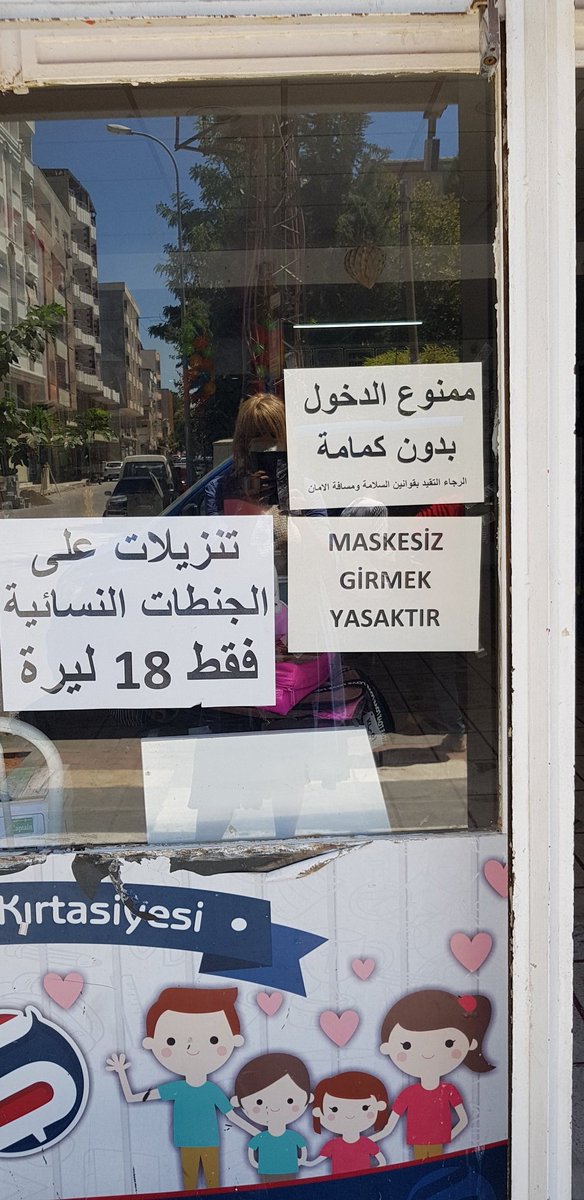
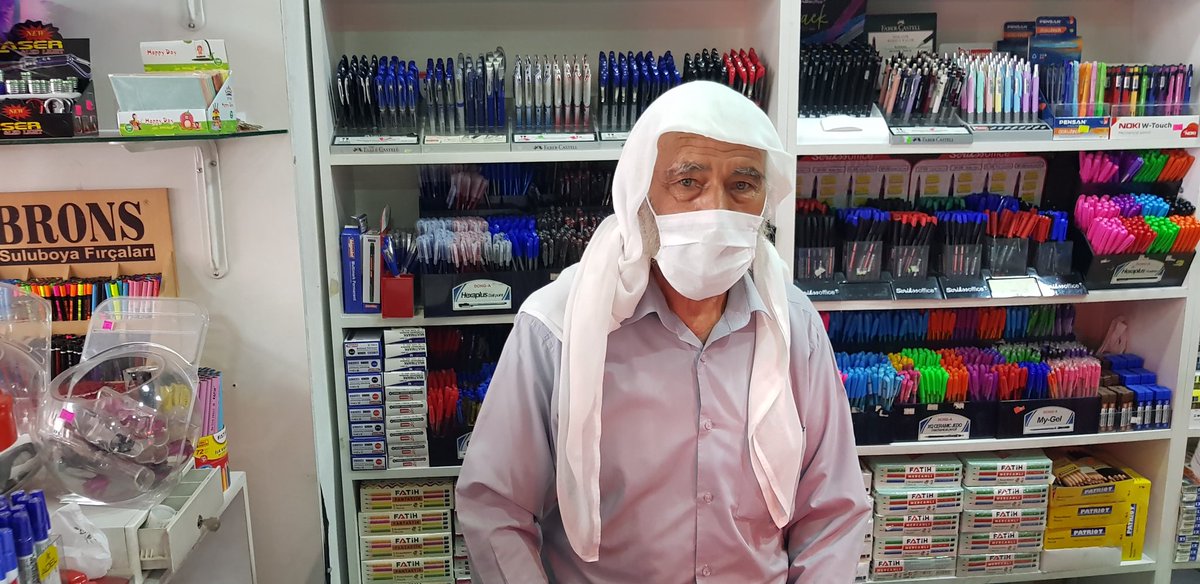
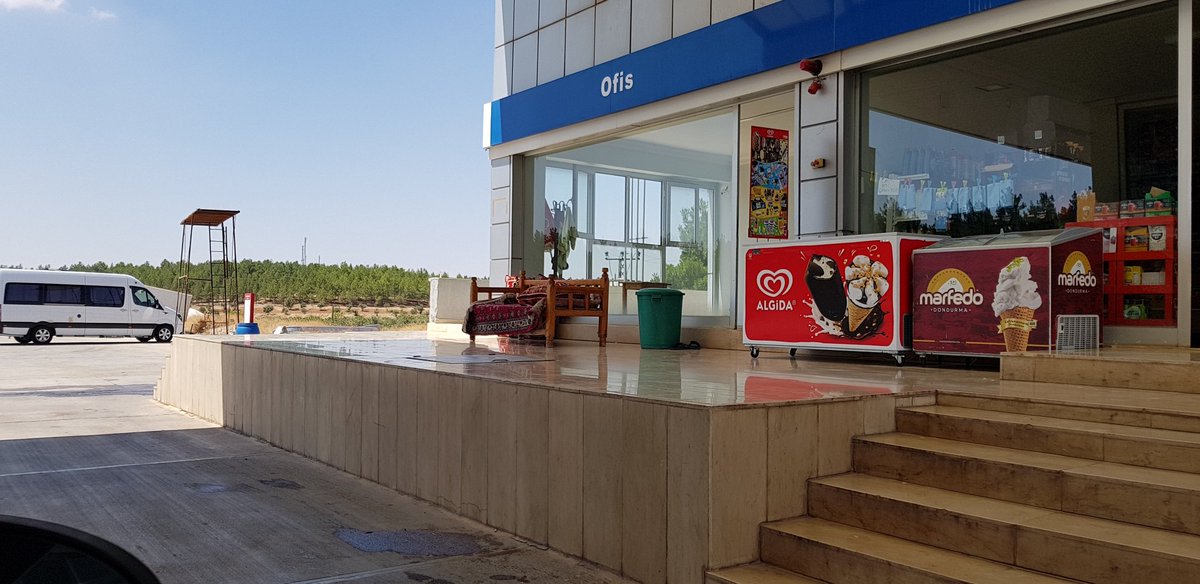
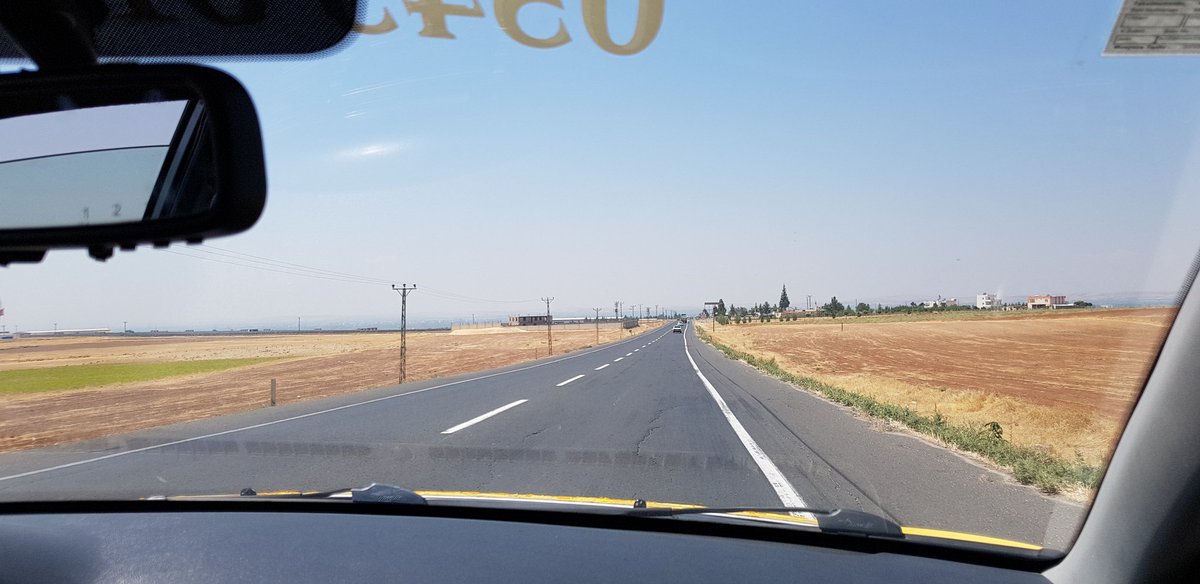 " title="On the road in de zinderende hitte. https://abs.twimg.com/emoji/v2/... draggable="false" alt="💜" title="Violettes Herz" aria-label="Emoji: Violettes Herz">" class="img-responsive" style="max-width:100%;"/>
" title="On the road in de zinderende hitte. https://abs.twimg.com/emoji/v2/... draggable="false" alt="💜" title="Violettes Herz" aria-label="Emoji: Violettes Herz">" class="img-responsive" style="max-width:100%;"/>
